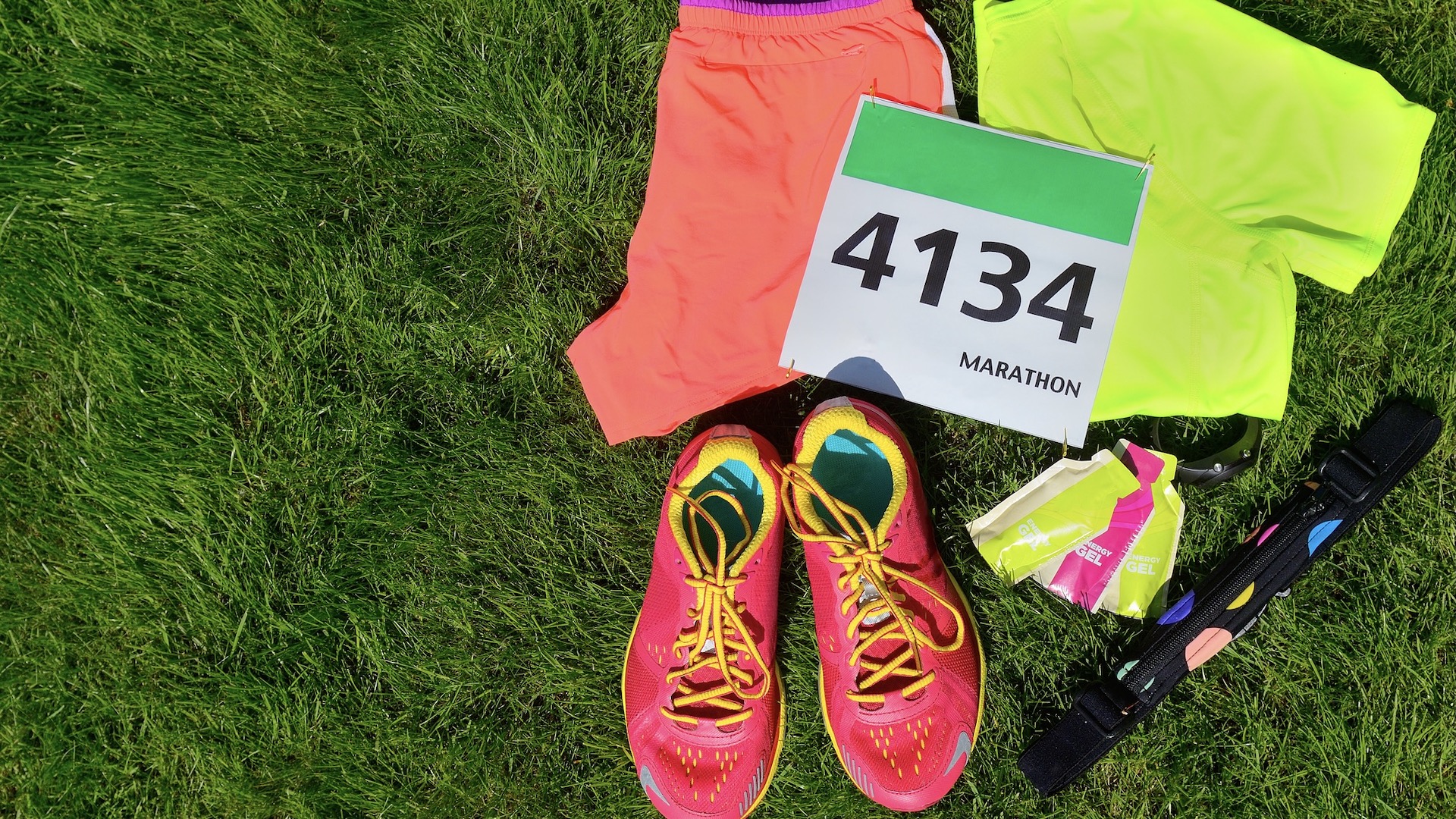When to use running gels to improve performance
An expert guide on when to use energy gels for runners – and how best to consume them

Running gels are a common part of a runner’s training and racing plan, whether you are a road runner or a trail runner, but how do you know which gels to use and when to consume gels for the best results?
Put simply, energy gels provide a quick source of fuel for runners and they are easy to consume when on the go.
The list of ingredients usually includes a high level of carbohydrates in the form of simple sugars. Like energy drinks, gels might also include water and electrolytes, which help to replace essential minerals, such as sodium lost through sweat. Some energy gels also have caffeine included. There is still a debate as to whether caffeine has benefits for runners although a study in Applied Physiology, Nutrition and Metabolism did find that more than two-thirds of Olympic athletes use caffeine to improve their running performance.
Christian Allen, a Running Fitness expert and product trainer at Runners Need, explains further. He says: “The aim of energy gels are to replenish your depleted carbohydrate stores.
“When you run, your body uses two sources of fuel to feed your muscles, fat and carbohydrates. While fat is usually widely available in most runners, it’s slower to break down into usable energy, which can make it less effective when running. Instead, your body relies on carbohydrates as its primary fuel source.
“As a general rule, the faster you run, the more your fuel will come from carbohydrates. But your body can only store a limited amount of carbohydrates in muscles. This is known as glycogen.
“This is where energy gels come in. The simple sugars in energy gels for runners are first absorbed into your blood stream as glucose, giving you a spike in energy. It’s then absorbed by active muscles and organs so as to continue to fuel your run.”
All the latest inspiration, tips and guides to help you plan your next Advnture!

When to use running energy gels
There is widespread agreement that it is important to test out energy gels during training runs. Some runners find that gels do not agree with them and lead to stomach issues. Christian says: “Testing different gels in training allows you to know if it will suit you or not. You should try different varieties to discover which works best for you.
“Practising with gels will also help you become better at taking on fuel when you run, rather than needing to stop mid-run to eat something and therefore ruining your flow.”
Energy gels are useful for many runners during a race. This is especially true if you are planning to run a long distance, such as a marathon or ultra race.
Running gels allow you to take on fuel easily and without carrying too much food with you. Many runners are able to run and consume gels at the same time so it means you can focus on that finish line PB.
The perfect time to take energy gels depends on you – and your body. Christian says: “Every runner absorbs and processes carbohydrates at a different rate. Some runners can feel the effect within three minutes, while for others it might take up to 15 minutes.
“As your body diverts blood away from your stomach towards your active muscles, your absorption rate slows, or sometimes your stomach shuts down completely. This is most common cause for unwanted toilets stops during a run.
“So the most important rule is to have the gel before you need it, not as you feel yourself crashing or hitting the wall.”
The energy gel label will usually indicate when runners should consume a gel, although some experts recommend having a gel at around every 45 minted or every 60 minutes. It depends on the carb and water content as to how effective each gel will be.
Christian also points out: “Some races offer gels at their fuelling stations so it can be a good idea to look ahead at the brand being used and practise fuelling with the same gels, otherwise you could risk an upset stomach mid-race.”

More tips on how to get the best from energy gels
Always take energy gels with water, never on their own or with a sports drink. Without water, they take longer to digest and enter the blood stream.
As energy gels are basically condensed sports drinks, taking them alongside a sports drink puts you at risk of taking on too much sugar at once.
Further, don’t overland on caffeine energy gels because this will cause most runners to have an upset stomach
If energy gels do not agree with you, try alternatives such as a sports drink, jelly sweets and chews, or dried fruit.
You could also try making your own energy gel using a recipe of dates, honey, lemon juice and salt, Christian adds: "There are lots of recipes online to suit different tastes."
Many runners find energy gels are a useful source of fuelling, so long as they don't upset the digestive system. Test your chosen energy gels in training before using them for races.

Fiona Russell is a widely published adventure journalist and blogger, better known as Fiona Outdoors. She is based in Scotland and is an all-round outdoors enthusiast with favorite activities including trail running, mountain walking, mountain biking, road cycling, triathlon and skiing (both downhill and backcountry). Aside from her own adventures, Fiona's biggest aim is to inspire others to enjoy getting outside and exploring, especially through her writing. She is also rarely seen without a running skort! Find out more at Fiona Outdoors.
